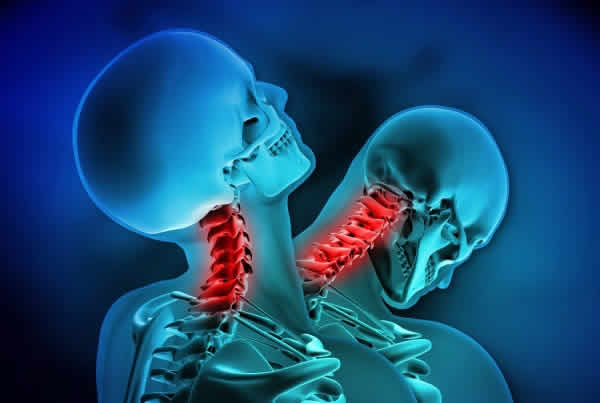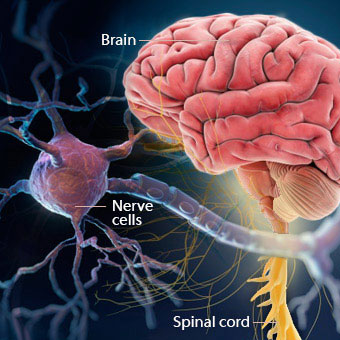Vertigo, Dizziness, Meniere’s Disease
Dizziness 101
Dizziness and vertigo are among most common symptoms along with a headache and low back pain. The overall dizziness, vertigo, and imbalance account up to 5-10% of patient visits to medical physicians. It reaches up to 40% in patients older than 40 years old, and it involves potential consequences such as falling, neurological deficits and chronic pain. Dizziness, vertigo, tinnitus, and hearing loss are typically associated with inner ear disorder, and in those of 40% of patients with a migraine headache have vertigo, motion sickness, and mild hearing loss.
There are different factors that may contribute to dizziness including inner ear disorder, low blood pressure, hormonal imbalance, and/or neurological dysfunction due to hyperactivity/irritation to the joints and nerves in the upper neck. Upper cervical spine between our head and neck assists in the coordination of eye, head, and body. Our brain picks up spatial orientation from our proprioceptive, visual, and vestibular system to control postural balance. When there is mismatch information provided to our brain from different systems, we may feel dizziness and disequilibrium. Wrong interpretation from our brain may cause structural distortion provoking persistent, chronic dizziness.
In fact, inner ear disorders may appear immediately following the accidents or trauma, or it may take months and years to develop. Misalignment of the upper cervical spine between our head and neck may provoke dysfunction in the brainstem. Brainstem resides base of the midbrain has the direct relationship with the upper cervical spine, which assists in balance and coordination. It is very critical to have proper neck alignment for your brain to interpret your body balance and coordination correctly.
The Central Nervous System and Body Balance.
There are three components that regulate body balance. Body uses senses from the environment, summation and coordination of senses in the Central Nervous System, and motor commands to muscle regulation of body balance. The central nervous system regulates body balance using three inputs from Cerebral cortex, brainstem, and cerebellum. The brain receives input from the visual, vestibular (rotation and gravity), and proprioceptive from the pressure. After the brain receives these inputs from those three senses, the muscles in our body commands to proper ocular reflex (eye) and postural control. When the brain receives disoriented information from those three inputs, it can cause dizziness, nausea, and even Vertigo.
The effect of visual system is best noticed when there is a conflict between the messages reach the brain. This can cause motion sickness due to equilibrium disorder in which is due to sensory input mismatch. This can also cause nausea, dizziness, vomiting and pale appearance.
When the brain receives disoriented information from the proprioceptive senses, the central nervous system can disrupt the postural reflex.
It is impossible to separate postural adjustments from voluntary movement. Postural reflex maintains the body upright balanced position and it requires constant adjustments necessary to maintain stable postural background for voluntary movement. These adjustments include static reflexes (sustained contraction) and dynamic short term phasic reflexes (transient movement). The postural control is caused by changes in excitability of motor neurons and changes in rate of discharge in the gamma efferent neurons to muscle spindles. Thus, the posture represents overall position of the body and limbs relative to one another and their orientation in space. Postural adjustments are necessary for all motor tasks and need to be integrated with voluntary movements.
NUCCA Wellness Clinic of Chicago
A Simple Solution For Optimal Health and Well-being
Chicago and Wheeling, IL
C: (224) 676-1920 or Email Us



